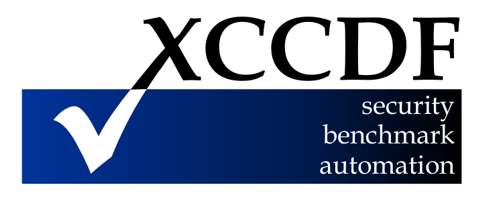CCI-000795
The organization manages information system identifiers by disabling the identifier after an organization-defined time period of inactivity.
14 rules found Severity: Medium

1 rule found Severity: Medium

The HP FlexFabric Switch must disable identifiers (individuals, groups, roles, and devices) after 35 days of inactivity.
1 rule found Severity: Medium

1 rule found Severity: Medium

The MQ Appliance must disable identifiers (individuals, groups, roles, and devices) after 35 days of inactivity.
1 rule found Severity: Medium

The IBM z/VM Security Manager must provide a procedure to disable userIDs after 35 days of inactivity.
1 rule found Severity: Medium

1 rule found Severity: Low

The Ubuntu operating system must disable account identifiers (individuals, groups, roles, and devices) after 35 days of inactivity.
2 rules found Severity: Medium

The Red Hat Enterprise Linux operating system must disable account identifiers (individuals, groups, roles, and devices) if the password expires.
1 rule found Severity: Medium

JBoss management Interfaces must be integrated with a centralized authentication mechanism that is configured to manage accounts according to DoD policy.
1 rule found Severity: Medium

1 rule found Severity: Medium

4 rules found Severity: Low

1 rule found Severity: Medium

The Oracle Linux operating system must disable account identifiers (individuals, groups, roles, and devices) if the password expires.
1 rule found Severity: Medium

SLEM 5 must disable account identifiers (individuals, groups, roles, and devices) after 35 days of inactivity after password expiration.
1 rule found Severity: Medium

The application must disable device identifiers after 35 days of inactivity unless a cryptographic certificate is used for authentication.
1 rule found Severity: Medium

Ubuntu 22.04 LTS must disable account identifiers (individuals, groups, roles, and devices) after 35 days of inactivity.
1 rule found Severity: Medium

AlmaLinux OS 9 must disable account identifiers (individuals, groups, roles, and devices) after 35 days of inactivity.
1 rule found Severity: Medium

1 rule found Severity: Medium

1 rule found Severity: Medium

1 rule found Severity: Medium

Access to Prisma Cloud Compute must be managed based on user need and least privileged using external identity providers for authentication and grouping to role-based assignments when possible.
1 rule found Severity: Medium

The OL 8 system-auth file must disable access to the system for account identifiers (individuals, groups, roles, and devices) with 35 days of inactivity.
1 rule found Severity: Medium

The OL 8 password-auth file must disable access to the system for account identifiers (individuals, groups, roles, and devices) with 35 days of inactivity.
1 rule found Severity: Medium

RHEL 8 account identifiers (individuals, groups, roles, and devices) must be disabled after 35 days of inactivity.
1 rule found Severity: Medium

RHEL 9 must disable account identifiers (individuals, groups, roles, and devices) after 35 days of inactivity.
1 rule found Severity: Medium

The SUSE operating system must disable account identifiers (individuals, groups, roles, and devices) after 35 days of inactivity after password expiration.
2 rules found Severity: Medium

1 rule found Severity: Medium

The vCenter Server must uniquely identify and authenticate users or processes acting on behalf of users.
3 rules found Severity: Medium

Rancher MCM must use a centralized user management solution to support account management functions. For accounts using password authentication, the container platform must use FIPS-validated SHA-2 or later protocol to protect the integrity of the password authentication process.
1 rule found Severity: High
